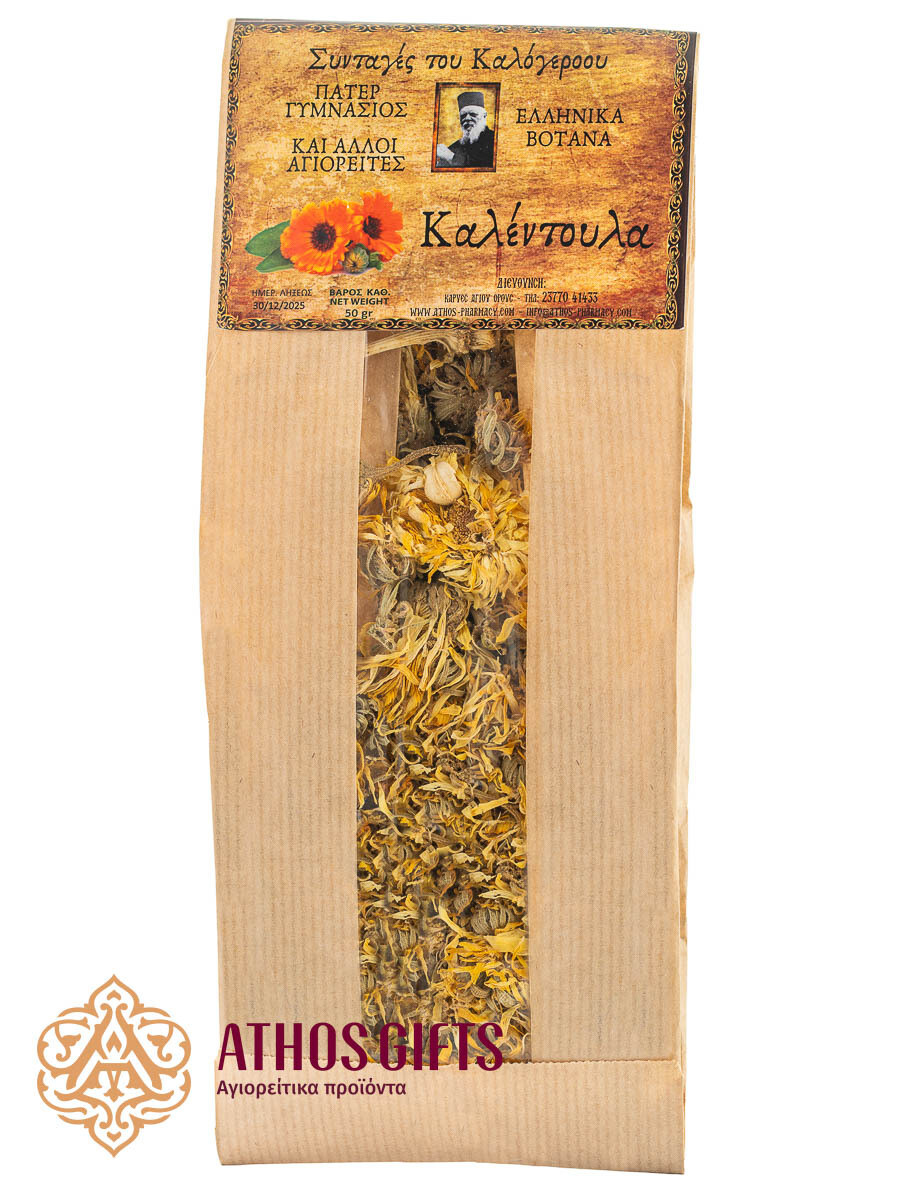Ethnicities of the Byzantine Empire
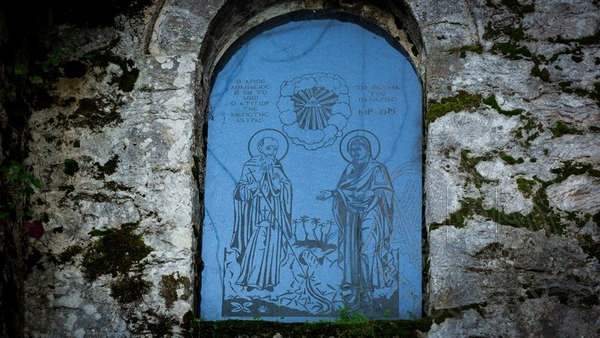
Monks from foreign countries inhabited Mount Athos from the earliest period of its foundation. The largest number of foreign monks was gathered around Saint Athanasios the Athonite.
Athos was a shorter version of the byzantine empire itself. Around the official state, inhabited mainly by citizens with Greek origins, there were smaller states, which were implicitly incorporated into the byzantine territory. Thus, the monks who settled on Mount Athos came from different nationalities. However, for many years they did not attempt to establish a monastery of their own. Moreover, the Danubian countries did not claim to establish their own monastic institutions, despite the great help they provided to the athonite state.
The three monasteries in Mount Athos that are still today attributed to foreign countries, were originally founded by Greeks. All orthodox states gradually acquired representatives in the holy community.
Foundation of the Holy Monastery of Iviron
.jpg)
The first monastery to acquire a national non-Greek character was the Holy Monastery of Iviron.
According to historical sources, the monastery was founded in 980. John the Iberian, a local ruler, nobleman and official of the byzantine state, retired to a monastery, disappointed by the secular life. Later, he traveled to Mount Athos, where he met Saint Athanasios the Athonite.
John Tornicius, a Byzantine army commander and relative of John the Iberian, who left his position in order to serve God, also played a major role in the founding of the monastery. However, after the death of John Tsimiskis, a military coup threatened the empire. Tornicius was forced to return to the army and lead twelve thousand men. Basil II made a large donation to Tornicius and even granted him permission to build a new monastery.
The Iberian monks used the Katholikon of Saint John the Baptist, while building the Katholikon of their own monastery, dedicated to the Assumption of the Virgin Mary. The new monastery took its name from the large number of Iberian monks that settled in it.
Gradually, and with the support of the emperor, smaller monasteries were incorporated in it. Its prosperity came primarily from the founders, as most of them were coming from wealthy Iberian families. The last signature of John the Iberian is found in a written source from 988, shortly before his death. His successor was his son Euthymius and later his cousin George. Under their administration, the monastery became the spiritual center of all people of Iberia, while it also contributed significantly to the development of the country's culture by translating and publishing numerous books of theological content.
In addition to Basil II, many emperors took an interest in the Holy Monastery of Iviron. Among them, there was Stephen Dusan, as well as the rulers of the Danubian countries. The Franks and Catalan pirates, during the 14th century, caused considerable damage to the monastic institution. At that time the monastery continued to have an Iberian character, despite the fact that its abbots often signed in Greek. During the 15th century, the monastery experienced a new period of prosperity.
Presence of the Italians in Mount Athos
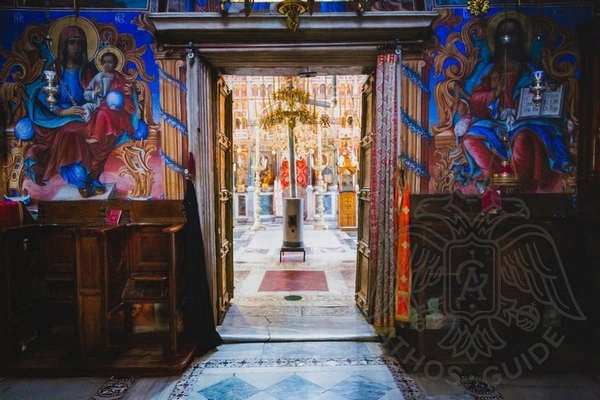
Together with the increase in the number of Iberian monks, a large number of Italians began to arrive in Mount Athos. The monasteries founded by Italian ascetics were Greek-speaking, as the spoken language of southern Italy and Sicily was at that time Greek. Ascetics from Italy and Sicily continued to arrive in Mount Athos all throughout the 14th century.
The decree of 984 was signed, among others, by two Benedictine monks whose names were written in Latin, Johannes and Arsenius. The Benedictine monk Leo of Benevento arrived in Athos with six of his disciples and founded the Holy Monastery of Amalfi in 985, between the Holy Monastery of Great Lavra and the Holy Monastery of Iviron. Many of the surviving documents were signed in Latin, strongly indicating the national character of the monastery, unlike the Monastery of Iviron, where, despite the national differentiation, the Greek signature was preserved in all official documents. The Amalfi Monastery quickly occupied an important position in the hierarchy of the athonite state. Even after the great schism of 1054, the Benedictines remained in Mount Athos and continued to collaborate with the Greek monks, translating numerous texts into Latin. Later, in the context of the anti-Latin movement caused by the Frankish rule, the monastery became deserted and was incorporated into the Holy Monastery of Great Lavra.
Today there is still a small group of cells with a Latin name. Two kilometres away there is the settlement of Provatas, whose name probably came from the Latin word privata (private area).
Presence of the Bulgarians in Athos
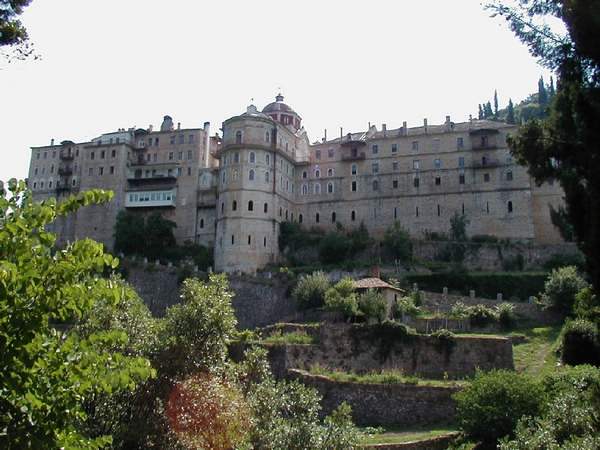
Most historical sources do not mention the presence of Slavs or Bulgarians in Mount Athos during the 10th century. However, according to tradition, as well as a 14th century document, the Zograf Monastery was founded in the Livadi area of Mount Athos. Its founders are considered to be three brother monks of noble origin, Moses, Aaron and John, who came to Athos from the Bulgarian city of Ohrid. At first they settled in different cells, while in 919, with the help of the ruler Simeon, they founded a monastery of their own.
As they could not choose to whom they should dedicate the new Katholikon, they decided to leave that choice in God's hands. One suggested the Virgin Mary, another Saint George and the third Saint Nicholas. They placed a wooden plank in the church, closed the door behind them and left in prayer. When they returned, they found the miraculous icon of Saint George standing on the plank. Thus, the Katholikon was dedicated to the Saint, while the monastery became known as the Zograf Monastery, in honor of the miraculous appearance of the icon.
The monastery was originally Greek-speaking and, until the end of the 12th century, had not attracted the interest of the great rulers. The Bulgarians first turned to the monastery in 1192, when the number of Bulgarian monks had considerably been increased. Particularly during the Frankish occupation, the Bulgarian influence in Mount Athos became even more intense and the Zograf Monastery acquired its own national character.
The favor shown to the monastery by the byzantine emperor Michael VIII Palaiologos allowed the annexation of new territories. In the 13th and 14th centuries, the monks were confronted with numerous invasions that affected their infrastructure and living conditions. Numerous ascetics had martyred in the hands of the invaders. In 1873 a monument was erected in the courtyard in memory of those monks. The emperors Andronikos II and John V Palaiologos, as well as Michael Asen III and the rulers of Serbia, helped to restore the monastery. Thus, a new period of prosperity began. The next period of decline was due to the Ottoman invasion and the period of the Turkish rule.
Presence of the Serbs in Athos

The Serbian Hilandar Monastery is located in a beautiful, wooded area on the northeastern coast of Athos. It constitutes one of the oldest monasteries in the athonite territory.
Shortly before the end of the 12th century, the monastic way of life began to attract the interest of the Serbs. One of the greatest examples of Serbian monasticism is the case of Saint Savas of Serbia, who renounced his secular life and settled in Mount Athos in 1193.
Initially, he became a monk at the Holy Monastery of Saint Panteleimon, where he took the name Savas. He then moved to the Holy Monastery of Vatopaidi and later to his cell in Karyes. Following his example, his father gave up his throne to serve God by becoming a monk with the name Simeon. His mother also chose monasticism, taking the name Anastasia.
Saint Simeon died in 1200. His son, Saint Savas, transferred his remains to Studenica three years later. Although he returned to the Hilandar Monastery, he did not stay long. After putting an end to the conflicts between the monks over the administration of the monastery, he returned to Serbia with the desire to create a unified Serbian Orthodox Church, which would unite the Serbian state within its bosom. In 1219, the Patriarch ordained Saint Savas in Nicaea as the first archbishop of Serbia.
Over the years, many individual monasteries were annexed to the Hilandar Monastery. The latter was significantly strengthened by the Palaiologan imperial family, as well as by the Serbian rulers.
The Serbian influence was very strong and continued during the 15th century.
Impact of Mount Athos on Foreign Countries
Mount Athos exerted great influence on the nations of the byzantine territory, as well as on the orthodox churches of the countries surrounding it. Furthermore, it was a model of the orthodox monasticism and a center of Christian culture.
The monks who came to Mount Athos from foreign countries were not only influenced by Byzantium but formed a large part of the byzantine culture as well. After all, the byzantine empire was never composed of only one nationality.
Athos contributed in a certain way to the development of the Slavic culture. It influenced the Slavic populations by broadening their cultural heritage through the translation and production of great works with theological content. Furthermore, in periods of decline of the byzantine empire, Athos' links with the northern countries were even strengthened. Among other things, the movement of hesychasm that developed within the Athonite state was spread to the Slavic populations and to the foreign countries that surrounded the byzantine territory.
Impact of Mount Athos on Serbia
(1).jpg)
The foundations of the ecclesiastic and monastic life in Serbia were laid by Saint Savas. As archbishop of the country, he played an important role in shaping the religious life. Among other things, he translated many byzantine works, while he also produced texts of great theological significance.
As almost all the archbishops of Serbia retired to Mount Athos, both Athos' influence in the country and Serbian intervention in the affairs of Mount Athos were increased.
Byzantine art also penetrated into Serbia through the Athonite monasteries and particularly through the activities of the Holy Monastery of Hilandar. In the early 14th century, the architecture of the monastic institutions of both Mount Athos and Orthodox Serbia began to develop.
Impact of Mount Athos on Bulgaria

Saint Gregory of Sinai carried the tradition of the hesychasm to Bulgaria, when he settled there in 1333. He founded numerous monasteries and acquired a large number of disciples, from whom the ideas of the hesychastic monasticism spread all throughout Bulgaria.
Theodosius, one of the disciples and associates of Saint Gregory of Sinai, with the support of the Bulgarian king, founded monasticism on the example of the Athonite monasteries, which he already knew from the time he passed in Mount Athos. After organizing the monastic life of the country in accordance with the tradition of hesychasm, he began to struggle against the Bogomils. Theodosius died in Constantinople in 1363.
Theodosius' favorite disciple, Euthymius, who had accompanied him on his journey to Constantinople, stayed with the Patriarch for a certain period of time so that he could then go to Mount Athos. There, Euthymius, devoted himself to translating theological texts. His work was so great that we could safely consider him the most important Slavic writer of that time.
Bulgaria was a great power at that time. The city of Tarnοvo is often presented as the second most important city after Constantinople. Euthymius was the last patriarch of Bulgaria before the Ottomans conquered the country in 1393.
Impact of Mount Athos on Wallachia
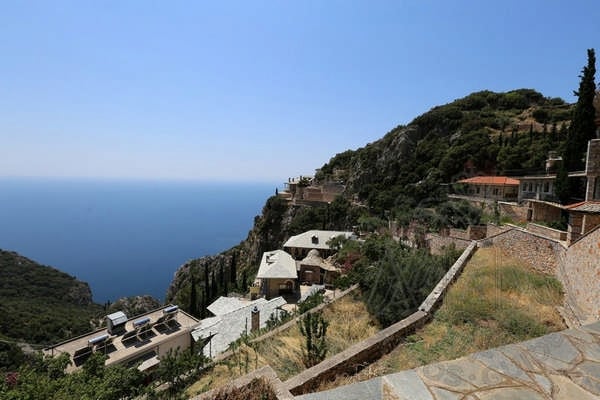
The more the Ottomans spread into the Balkan countries, the stronger the influence of Mount Athos on the local populations became. The presence of the athonite culture became particularly evident in the Danubian regions, in the territories that make up present-day Romania. In the 14th century, the Vlachs became independent from Hungary and formed two states, Wallachia and Moldavia. Despite their independence, they continued to be under pressure from the Latins and tolerated constant interference from Rome, which wished to annex their territories. The establishment of a local Church in Moldavia was made possible by the intervention of the Patriarch of Constantinople.
The ruler of Wallachia demanded that a separate metropolis was established for his country, and Patriarch Callistus I, by his decree in 1359, established the Hungarian-Wallachian metropolis. The Church of Moldavia faced many difficulties until it managed to become independent from the Church of Rome.
Monk Nicodemus, a monk of Greek-Serbian origin, made a dynamic contribution to the organization of the monastic life in Romania. Having lived in Mount Athos for many years, he had met Saint Gregory Palamas and knew the tradition of hesychasm. Thus, he founded two monastic communities in Bulgaria, while in 1370 he travelled to other Danubian places, where he founded two central monasteries, following the statutes of the Holy Monastery of Great Lavra.
This period marked the beginning of a strong bond between the rulers of Wallachia, Moldavia and Mount Athos. Over the years the relations between the two parties became even stronger. Of great importance it is the support that the Danubian regions provided to Mount Athos during the period of the Ottoman occupation, as it contributed drastically to the survival of the monasteries.
